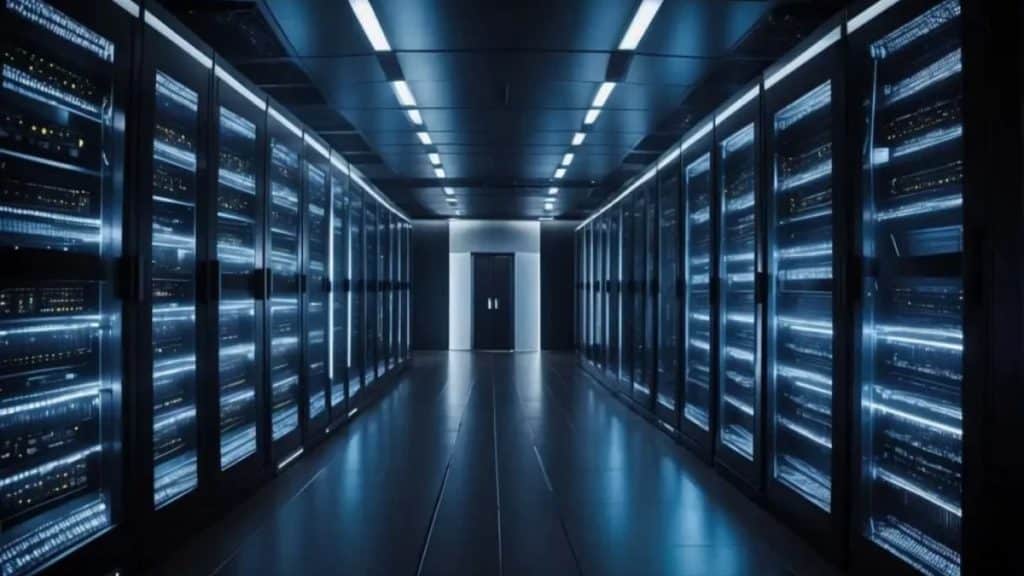As the backbone of the digital economy, data centers are essential for businesses and industries across the globe. From cloud storage to powering AI-driven technologies, the demand for data centers continues to grow. However, launching a state-of-the-art facility isn’t just about stacking servers; it’s a complex process that requires strategic planning and careful execution. Whether you’re expanding your company’s IT capabilities or setting up a new operation, these considerations will guide you toward success.
Understanding the Role of a Data Center
Data centers serve as centralized hubs for computing resources and data storage. They process, store, and distribute critical information, enabling businesses to run smoothly. Industries such as finance, healthcare, and e-commerce rely heavily on data centers to ensure seamless operations and meet customer demands.
Emerging trends like edge computing, artificial intelligence, and increased connectivity through 5G are reshaping the landscape. As businesses demand faster data processing and reduced latency, the role of the modern data center is evolving. Knowing this will help you plan a facility that isn’t just relevant today but adaptable for the future.
Location and Infrastructure Planning
The location of your data center is one of the most critical decisions you’ll make. A strategic site can mean the difference between efficient operations and costly setbacks. Consider these factors:
- Connectivity: Proximity to major network hubs and fiber optic cables ensures faster and more reliable internet connections.
- Power Availability: Data centers consume vast amounts of electricity. A location with access to renewable energy sources or cost-efficient power options can reduce expenses and environmental impact.
- Climate: Cooler climates can naturally assist in reducing the need for energy-intensive cooling systems, saving costs in the long term.
Once the site is chosen, focus on building an infrastructure that supports your objectives. Modular designs, for instance, allow for scalability as your needs grow. Prioritize energy-efficient systems and redundancy measures to ensure uninterrupted service. Planning for sustainability isn’t just environmentally responsible; it’s increasingly a business necessity.
Building a Skilled Team
No matter how advanced your technology is, it’s your team that keeps the data center running. The operations of a modern facility require specialized professionals in roles such as:
- Network Engineers: Ensure robust connectivity and troubleshoot network issues.
- Facilities Managers: Oversee physical infrastructure, including HVAC systems and power supply.
- Technicians: Perform routine maintenance and address hardware issues.
- Security Experts: Protect the center from physical breaches and cyber threats.
Finding the right talent can be challenging, especially when timelines are tight. This is where partnering with a data center staffing agency proves invaluable. These agencies specialize in identifying and recruiting skilled professionals tailored to your specific needs, ensuring your team is ready to manage the facility from day one.
Security and Compliance
Data centers are prime targets for cyberattacks, making security a top priority. Robust cybersecurity measures protect not only your clients but also your reputation. Some critical aspects to consider include:
- Access Controls: Limit physical and digital access to authorized personnel only.
- Firewalls and Intrusion Detection Systems: Actively monitor and block potential threats.
- Encryption: Safeguard sensitive data during storage and transmission.
Compliance is equally important. Adhering to industry-specific standards such as ISO/IEC 27001, HIPAA, or GDPR ensures you meet legal and operational benchmarks. Providing ongoing training for your staff on these regulations helps mitigate risks and avoid costly penalties.
Emphasizing Sustainability
As energy consumption rises, so does the pressure to adopt sustainable practices. Data centers are among the largest energy consumers in the world, and building an eco-friendly facility is no longer optional. Here are a few steps to prioritize sustainability:
- Use Renewable Energy: Consider sourcing power from wind, solar, or hydroelectric facilities.
- Efficient Cooling Systems: Invest in liquid cooling or advanced airflow management to minimize energy waste.
- Recycling and E-Waste Management: Develop protocols for responsibly disposing of outdated hardware.
Sustainability not only helps reduce environmental impact but also appeals to eco-conscious clients and partners. By aligning your operations with green initiatives, you position your data center as a forward-thinking enterprise.
Launch and Ongoing Management
Once your data center is built, the next step is a successful launch. Conduct rigorous testing of all systems, from power backups to network connections, to ensure everything functions as expected. A phased launch—starting with a smaller workload before scaling up—can help identify and address potential issues without risking significant downtime.
Ongoing management is equally important. Regular maintenance schedules, software updates, and staff training keep your facility running efficiently. Monitoring tools that provide real-time insights into performance and energy usage help you stay proactive.
Conclusion
Launching a state-of-the-art data center is a complex but rewarding endeavor. By carefully considering location, infrastructure, staffing, security, sustainability, and expert partnerships, you set the foundation for a successful operation.
A well-executed data center not only meets today’s demands but also adapts to future technological advancements. Partnering with experienced professionals can make the journey smoother and more efficient.
With the right strategy in place, your data center can become a critical driver of innovation, powering the future of business in a rapidly evolving digital world.
